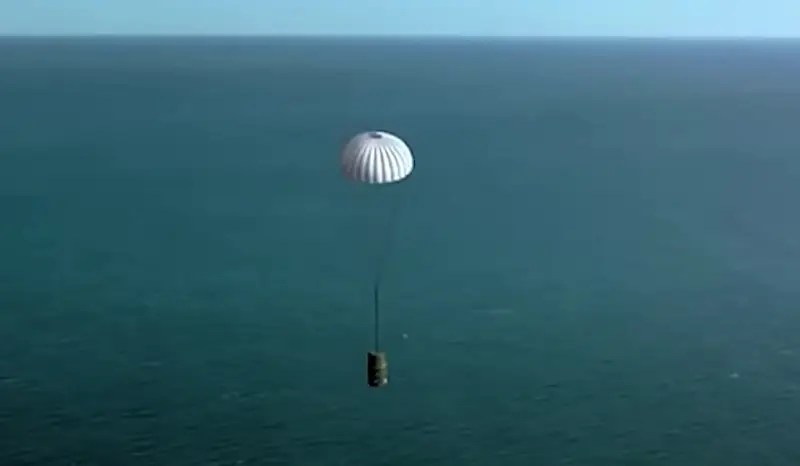Volumetric explosion ammunition: the most dangerous weapon after nuclear

Volumetric explosion ammunition or thermobaric ammunition is called one of the most terrible types of weapons. According to some data, the volumetric explosion of the corresponding large-caliber ammunition is comparable in power to an ultra-small tactical nuclear weapons.
There are two subtypes of volumetric explosion ammunition: single-stroke and two-stroke. It is worth noting that the latter has much greater power per unit mass.
What is characteristic is that historically it was two-stroke volumetric detonating ammunition that appeared first. They remain the most common today.
The above-mentioned ammunition consists of a fuel tank, an explosive tube placed in its center, a fuse, a braking parachute and incendiary tablets. C4 plastid or a mixture of TNT and hexogen are often used as explosives.
The essence of how such ammunition works is that after being dropped at a certain altitude, the braking parachute opens. Then the fuse in the central tube is triggered, which leads to the destruction of the fuel tank and spraying of fuel.
At the same time, so-called tablets are thrown out, which also have their own detonator, which is triggered 1-2 seconds after the fuel has been sprayed, which has already turned into a cloud.
The ignition of the above-mentioned cloud is the vacuum explosion.
The damaging factors of such an explosion are the shock wave, which, as in nuclear weapons, first moves in different directions from the center and then returns back, and the temperature reaching 2000 degrees Celsius at the epicenter.
Information